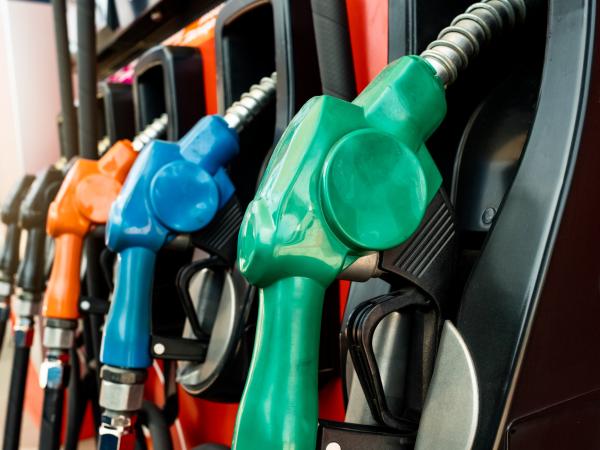One of the most controversial decisions of the Petro government has been the increase in the price of gasoline. According to the Minister of Finance, José Antonio Ocampo, From October the gallon will rise 200 pesos per month, at least until the end of 2022.
(Read: Why diesel generates more deficit than regular gasoline).
The rise is expected to be more forceful in 2023, in order to correct the deficit that currently exists in the Fuel Price Stabilization Fund; which, from January to August, accumulated a debt of 24.7 billion pesos and, by the end of the year, it would be 38 billion years.
However, according to Sergio Cabrales, an industrial engineer and hydrocarbons expert, the fund had worked “relatively well” in past years.
“There had been moments of deficit and surplus. In the pandemic, for example, international prices fell drastically and in Colombia not so much. That is the idea of the fund. But those savings were very few,” Explain.
However, in recent months the international scene has made the fund’s solvency not so easy, according to the expert. In this sense, the high inflation figures in the world and in the country have created pressure on costs.
(Also: Deficit and inflation, the effects of raising gasoline prices).
Added to this is the war between Russia and Ukraine, which has fueled other crises such as shortage of inputs and raw materials; the rise in energy and gas rates and others. Along with this, the devaluation of the Colombian peso against the dollar.
This last factor is key in the final price of gasoline in the country, since international prices are in dollars per gallon or per barrel and is also charged by Ecopetrol. “When you go to the gas pump you pay in pesos. So there is always a conversion from one currency to the other. And if the TRM goes up or down, it will affect the price that the final consumer is paying”exposes Cabrales.
Gasoline is expected to see strong gains in 2023.
123RF
He points out with the following: “If the TRM is devalued and the price rises, then there are two effects that contribute to the rise.”
Now, when the international price of gasoline rises, the national cost remains stable thanks to the fund. Nevertheless, that difference generates the current deficit.
(Read: Why there is a deficit in the fund that stabilizes the price of gasoline).
In this sense, for Cabrales the main problem is that it is not a technical question, but that It depends on a government decision. That is to say, it is up to the Government to decide whether to make an increase or not.
By regulation, the maximum for going up in gasoline is 3% of what Ecopetrol is paid and 2.8% in the case of diesel.
“If the rise in the international price is very high, then the 3% rise is not enough and that is what has been happening. Or what has been done in other governments, which is not to raise it so as not to have effects on inflation and the deficit continues to growCabrales added.
BRIEFCASE
















